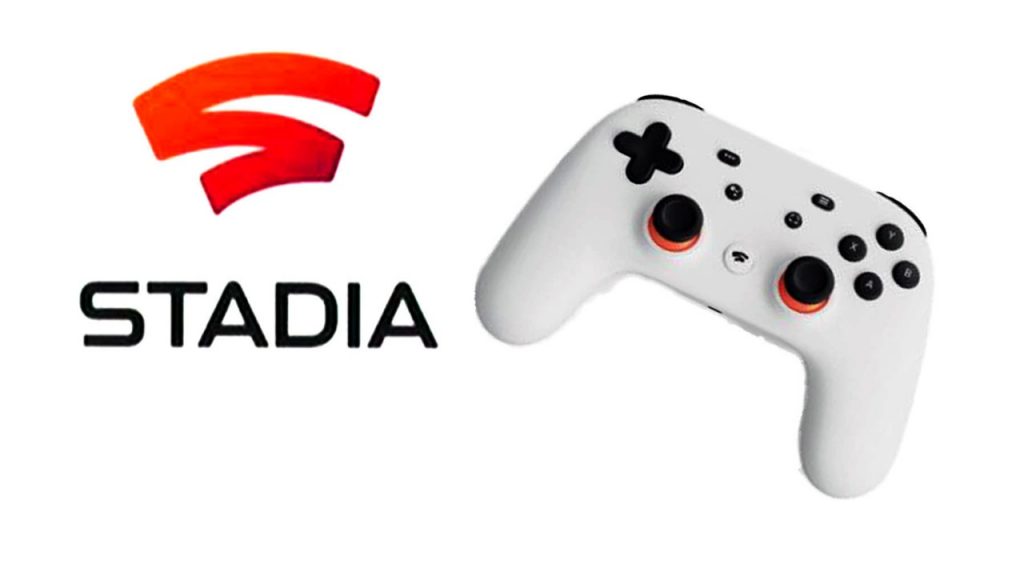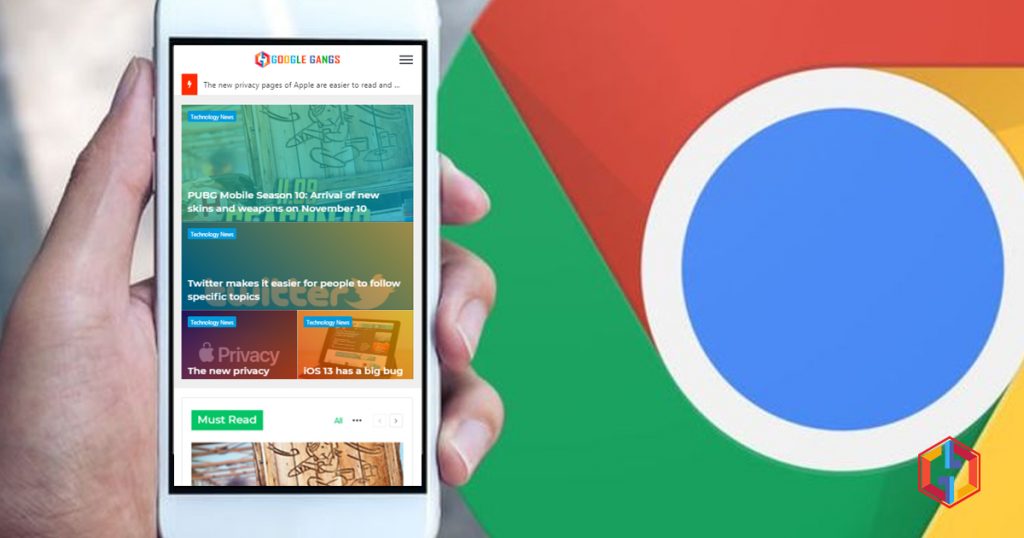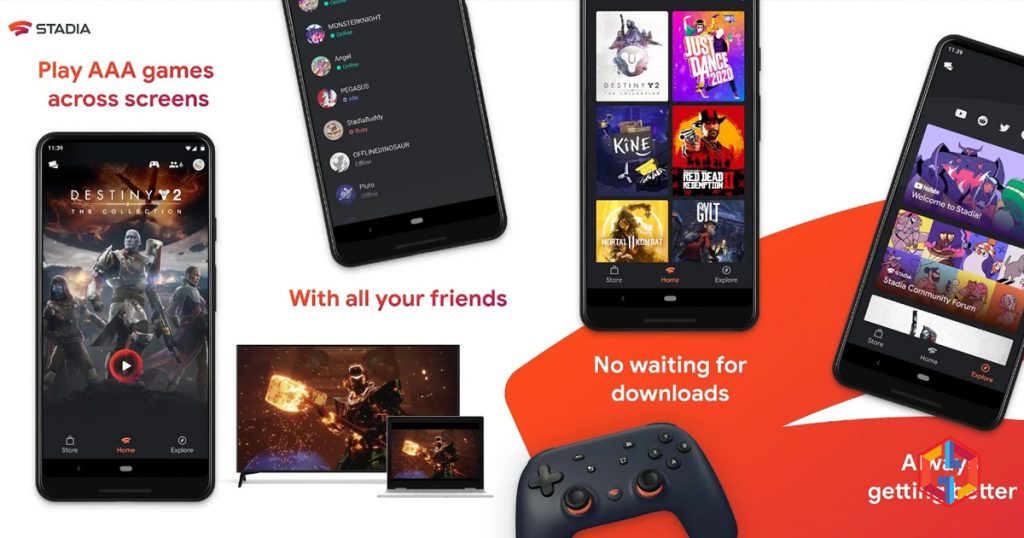Google’s Stadia looks like the gaming future’s early beta – “Gaming’s future isn’t a box,” says Google. “It’s a place.” Just like people built sports stadiums over hundreds of years, Google believes it’s building a virtual stadium, aptly dubbed Stadia, for the future of games to play anywhere. You will not need a costly PC for gaming or a dedicated console for gaming.
Google’s Stadia looks like the gaming future’s early beta
You’ll only need access to Google’s Chrome browser to play games instantly on a phone, tablet, PC, or TV. It’s a bold vision of where gaming is heading, and Google hopes it will become a reality with its Stadia cloud streaming service. Google may have just unveiled the future of gaming at the Game Developers Conference (GDC), but it’s a future that the company has left us with little knowledge of. Google’s Stadia looks like the gaming future’s early beta.

Also Read: IDM 6.32 Build 8 Incl Patch [32bit+64bit] Fake Serial Fixed
GOOGLE’S BIG YOUTUBE AND CHROME PUSH
YouTube and Chrome are at the heart of Google’s cloud streaming service. Google leverages YouTube to lean heavily on gaming clips and creators that regularly stream games on services like Twitch to millions of people.
These communities and games like Fortnite have become virtual places where children hang out chatting, playing, and watching streamers. It’s also a big business. Fortnite made last year alone $ 2.4 billion, and one of the most popular streamers produces more than $ 500,000 a month.
The premise of Stadia is that you will be able to watch a game clip and then play it instantly or even launch it at the same point in the clip game you watched. Streamers will be able to create fans’ lobbies to join and play on YouTube with them, and Stadia will support instant video clipping.
This is a cloud-run game console built for the YouTube generation, and it’s the big push from Google here. Also, Chrome plays a major role as the dominant web browser for Google. Stadia will only be available in the first place via Chrome, Chromecast, and Android devices. Google promised more browsers in the future, but when this will happen is not clear.
Also Read: Aurora 3D Animation Maker 16.01.07 + Keygen 2019
GAMES, LINUX, AND PRICING
Google only demonstrated the service on its own devices, and no mention was made ofiOS support via a dedicated app or mobile browser Safari from Apple. Google, however, has some major hurdles to overcome if it wants to dominate next-generation gaming. The largest of them are playing games on their platform.
Google showed a single new title running on Stadia, Doom Eternal, and it promised more than 100 game studios already had dev kits. Although Google even unveiled its own Stadia Games and Entertainment studio to create exclusive Stadia titles, it did not mention any details about what games it was going to build.
Google uses Linux as the server-side operating system that powers its hardware. That means game developers are going to have to port their games to Stadia, and you’re not going to be able to bring games you already own like some other cloud gaming services (Nvidia’s GeForce Now or Shadow). Google is partnering with Unreal and Unity and even middleware companies like Havok, but for developers to get games onto Stadia, there will be some lifting involved. Google needs to persuade large publishers to sign up, but it has not detailed how much it costs to develop, publish and run games at Stadia. Google’s Stadia looks like the gaming future’s early beta.
We don’t even know how much the service will cost consumers or when it will be launched — only that in 2019 it will come in some form. Will it be based on subscriptions? Could you own your cloud games? These are important questions that Google needs to answer, and yesterday it skipped them to promise more summer details. It feels like Google has rushed here to beat some self-imposed GDC deadline to court developer interest, and it’s probably why yesterday the company was only able to show a handful of games.
Also Read: Galaxy Note 10 would be much more ambitious than Galaxy S10
INTERNET CONNECTIVITY
Aside from economics, the big questions surrounding existing game streaming services were also stealthily avoided by Google: an internet connection. Google uses its own compression technology to stream games to devices in 1080p or 4K, and some of the typical latency is reduced by having the game client and server on the same machine. Nevertheless, to access Stadia you will need a reliable and active internet connection, and Google recommends an “approximately 25 Mbps” connection for a resolution of 1080p at 60 fps. Google Stadia boss Phil Harrison says in an interview with Kotaku, “[W]e’ll be able to get to 4K, but only raise that bandwidth to about 30 Mbps.”Also Read: Microsoft says that Google Stadia does have the infrastructure, but no content
That means the average fixed broadband connection in the US, currently around 96 Mbps by some estimates, will be enough, but if you live in a state without broadband coverage or rely on rural internet speeds then you will be stuck waiting for the Federal Communications Commission to raise to 25 Mbps the minimum rural broadband speed standard.
You’re also going to need a connection without broadband caps because if you’re going to play a lot of games, it’s going to be eating into data limits soon. We just don’t know Stadia’s exact bitrates yet, but watching a regular Netflix HD stream uses around 3 GB per hour, more than doubling for 4K streams.
Google’s Stadia
Speeds, however, will not cover the aspect of latency. This is key to any service that streams games. While services such as Netflix can download and buffer the fixed content you’re streaming, a game service relies on picking up and relaying your controller movements between you and the server you’re playing on in real-time.
This means the closer you’re playing on the server, the better, and the better you’re hoping through internet traffic. Because of its cloud infrastructure, Google has a solid advantage here, but if you’re not close to a big city where Google’s data centres are located, then you won’t have the best experience. Google addresses part of this by connecting its Stadia controller directly to the server on which you play via Wi-Fi, but it has no control over the thousands of ISPs and how they route traffic to their data centres. The Stadia service of Google is also completely cloud-based, meaning no offline play.
While typically synchronizing a few Netflix shows to your phone or tablet because you know that your LTE connectivity sucks, you will need a constant Stadia connection to play games on the go. 5G will help here, of course, but only partially and not soon at all.
Google’s Stadia GAMING POWER AND IMAGE QUALITY
Google also revealed that its servers will be powered by a custom AMD GPU that will deliver 10.7 teraflops of power, more than the 4.2 teraflops of the PS4 Pro and the 6 teraflops of power on the Xbox One X. The final outcome of the actual gameplay will rely entirely on your Stadia internet connection.
Google will compress the image to your client from its servers, resulting in image quality loss. We don’t know the exact bitrates Google will use for Stadia, but if you’ve ever watched a Netflix show’s 4K version, you’ll know that the image quality isn’t as good as a Blu-ray copy. The same applies to Stadia, and how you notice it depends on your internet connection and the device that you use to access Stadia. Smaller screens will make the image quality drop less noticeable, and more internet bandwidth will give you a higher bitrate and therefore higher image quality.
Also Read: Google Stadia has the infrastructure but the content is missing
All this makes Stadia look like an early beta for what’s going to be part of gaming’s future. A lot of industry talent has been hired by Google for this ambitious project. Phil Harrison, a former executive of Sony and Microsoft, leads the Stadia charge, and Jade Raymond, who previously worked at Sony, Electronic Arts, and Ubisoft, leads first-party games for the company. Also working on Stadia is Xbox Live Arcade creator Greg Canessa, along with former Xbox gaming partnerships leading Nate Ahearn. All this experience is supposed to help Google fight its cloud gaming.
Also Read: Samsung sends out a patch that improves Galaxy S10 performance


